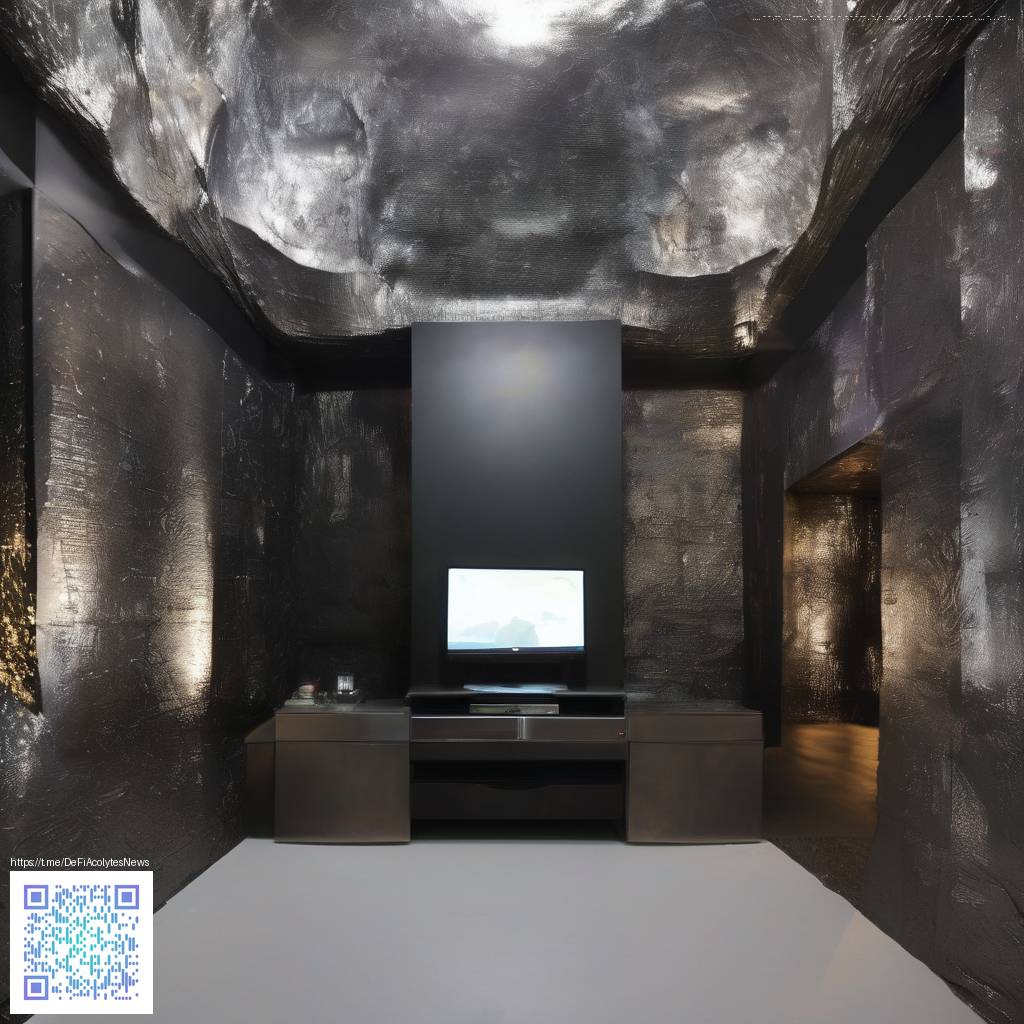
Crafting Procreate Color Palettes That Sell Online
Producing color palettes for sale isn’t just about assembling pretty swatches; it’s about telling a mood, solving a design problem, and delivering a repeatable system that creators can drop into their workflows. When you package palettes as a product, you’re offering a shortcut to faster mockups, cohesive branding, and consistent visuals. The goal is to create something buyers can trust to perform well across projects—without hours of trial and error.
Understand your audience and their use cases
The most successful palette packs are built around real-world needs. Some buyers sketch concept art, others design game assets, and many work on branding identities. Start by defining three audience personas: the character artist, the UI designer, and the logo freelancer. For each persona, craft a core palette with a primary mood, two secondary moods, and a set of neutral or grays that anchor the collection. This approach helps your marketing copy align with what customers actually want to achieve in their projects.
Color theory that converts
Solid palettes share common threads: harmony, contrast, and accessibility. Consider these guidelines as you assemble bundles:
- Analogous palettes for calm scenes and cohesive groupings
- Complementary palettes for high-energy visuals and bold accents
- Triadic or tetradic schemes for vibrant branding without overwhelming the design
- Accessible contrast: test foreground/background contrast to ensure legibility
- Emotion-driven palettes: reserve a few accent colors that convey energy, warmth, or mystery
“A great palette isn’t just about pretty colors; it’s about a scalable system. Start with a core color, then layer in supporting hues and neutrals to give designers a reliable framework.”
When you present the theory, pair it with tangible previews—swatch cards, mockups, and real-world usage examples. This helps buyers imagine how the palette will function across illustrations, app UI, and branding materials.
From palette to product: presentation matters
Packaging is where the perceived value often meets the price tag. Create clear, visually appealing swatch sheets, with both hex values and named swatches. Provide adaptable deliverables: ASE/ACO or other color profile exports for major design tools, plus Procreate brush presets that complement the palette. Naming matters too; choose evocative palette names (for example, “Midnight Neon” or “Sunrise Tech”) that convey the mood and potential applications. Consider including a short, printable quick-start guide that shows a few example compositions using the palette.
As you build your product listing, integrate a real-world example to bridge theory and practice. For instance, you can pair your palettes with a tangible product like this Neon Gaming Mouse Pad to illustrate how colors translate to branding and merchandising. This kind of cross-pollination helps buyers see practical value beyond digital swatches.
Workflows, export formats, and delivery
Streamlined workflows boost perceived value and user satisfaction. Consider offering the following:
- Multiple export formats: .ASE, .ACO, and a simple .swatches file for Procreate
- Companion Procreate brushes or textures that complement the palette’s mood
- Documentation with usage tips, accessibility notes, and suggested color pairings
- A small preview pack showing the palette applied to UI, illustration, and branding mockups
Keep naming consistent, organize swatches by mood and usage, and provide a single, downloadable package that’s easy to import. A clean, well-documented product reduces support inquiries and increases buyer confidence, which often translates into faster sales.
Pricing, licensing, and long-term value
Set a pricing structure that reflects the value of a time-saving asset while remaining accessible to your target audience. Common approaches include a standard non-exclusive license for individual designers, tiered bundles (e.g., small pack vs. full library), and occasional limited-time discounts to spur early adoption. Clearly articulate usage rights and update policies so customers know what they’re buying and what future enhancements will cost. Encouraging customers to leave feedback also helps you refine future palettes and unlock new themes that align with market demand.
For designers who want to validate concepts before committing, consider sharing a few sample swatches and a short usage case in your product description. This transparency builds trust and shows you understand the buyer’s workflow.